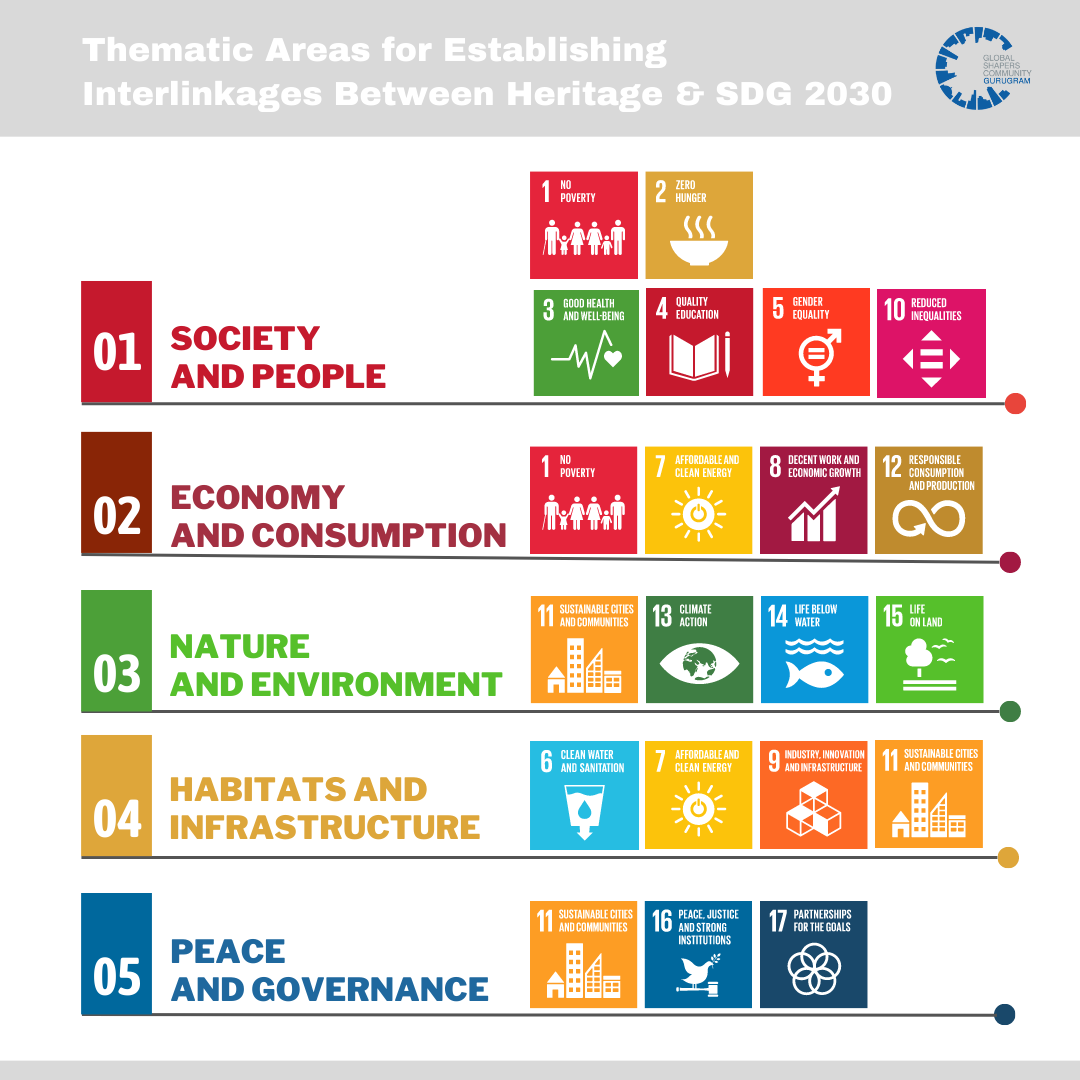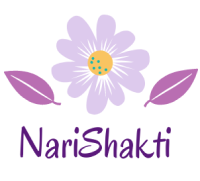
Heritage and Sustainable Development Goals (Agenda 2030)
When the United Nations Sustainable Development Goals were first announced in 2015, it made an unprecedented attempt of including the word ‘culture’ explicitly and thereby including tangible and intangible heritage, within its framework. The decision was lauded universally, so much so that UNESCO declared it “an unparalleled recognition”, with culture being referenced for the first time in the international development agenda. In fact, the crucial role played by heritage, an intrinsic component of culture, in propelling us closer to fulfilling the United Nations Sustainable Development Goals (SDGs), for which less than a decade remains, is a well-documented subject, backed by case studies and empirical evidence.
As an enabler of social cohesion, socio-economic regeneration (which directly reduces poverty), and strengthening social well-being while improving the appeal and creativity of regions to enhance long-term tourism, cultural, built and natural heritage can stimulate sustainable development in many ways.
While target 11.4 of SDG 11 on ‘Sustainable Cities and Communities’ directly calls for strengthening efforts towards the protection and safeguarding of the world’s cultural and natural heritage (other than its mention in the prelude of the historic UN Agenda 2030 document), promoting and protecting heritage has undeniable positive spill-overs in education (SDG 4, Target 4.7), fostering a creative economy and increasing tourism (SDG 8, Target 8.9) and promoting local products (SDG 12, Target 12b).
However, these interlinkages don’t end here- the direct and indirect impact of man-made and cultural heritage extends even beyond, especially if we consider it on a case-to-case basis in this highly interconnected world, extending to gender equality (SDG 5), good health and well-being (SDG 3) and even climate action (SDG 13).
This is particularly significant considering how indigenous practices conserved by the existing cultural and man-made heritage can contribute toward social harmony, reduced inequalities (SDG 10), environmental protection and holistic sustainable development (SDG 12). Additionally, natural heritage has more direct linkages to areas like clean water and sanitation (SDG 6) and conserving biodiversity below water and on land (SDG 14 & 15).
Even the pursuit of protecting, safeguarding and promoting heritage on the other hand can have direct implications on peace, justice and collaborations (SDG 16 & 17), sometimes being the backdrop on which international partnerships are made.
All in all, our collective efforts towards the understanding, promotion and protection of heritage, through the many complexities of what makes our world, will be a key lever in our journey to create a more sustainable, inclusive and resilient future for the generations ahead.
The Outdoors project is a step in spreading the awareness of this important linkage between heritage and SDGs, in a world which is increasingly pacing into a future fraught with uncertainties, to keep us grounded in our roots, our culture, and our heritage. Join us as we make these gems of our heritage more known and more accessible, and enable their conservation and contribution to sustainable development.
The following blog series which explores the interlinkages between the Sustainable Development Goals and Heritage, and the criticality of heritage in UN Agenda 2030, will be divided into 5 thematic areas, which have various SDGs clubbed under each area.

The thematic areas, the SDGs under the area, along with the rationale for the thematic area being selected, will be as follows-
- Society and People (SDG 1, 2, 3, 4, 5, 10) – This thematic area will reference the interlinkages that heritage has with the people and communities and the social elements of sustainable development that heritage contributes towards, ranging from poverty, gender, communities, health and so on.
- Economy and Consumption (SDG 1, 7, 8, 12) – This thematic area will explore how heritage contributes to economic aspects of sustainable development, including fuelling employment, consumption and growth. While closely linked with society and people with some overlaps, the interlinkages explored will take a more holistic view of stimulating the economy through heritage.
- Nature and Environment (SDG 11, 13, 14, 15) – This thematic area will be exploring, as the title suggests, the natural environment, and how heritage is closely linked with larger concerns of the planet and its resources, even exploring the interlinkage with larger themes of climate action. While natural heritage will form the crux of the arguments here, built heritage and its underlying contribution to environmental conservation will also be explored.
- Habitats and Infrastructure (SDG 6, 7, 9, 11) – This thematic area will dwell on how heritage links with the tangible aspects of our world, specifically habitats and infrastructure which are also crucial aspects of sustainable development and percolate into other overlapping themes of people, society, economy, environment and so on.
- Peace and Governance (SDG 11, 16, 17) – Lastly, this thematic area will explore the more intangible aspects of sustainable development that heritage contributes towards, and how heritage sometimes sets the stage for ensuing peace and diplomatic relations between entities, as an omnipresent reminder of what binds humanity together.
As mentioned, while many SDGs fit into multiple thematic areas, the demarcation into these themes will allow for a more nuanced articulation of interlinkages of heritage and sustainable development and give a thorough assessment of the dire importance of conserving, preserving and cherishing heritage in our collective pursuit for an environmentally sustainable, socially inclusive and economically prosperous future.
References:
- Heritage and the sustainable development goals: policy guidance for heritage and development actors, prepared by Prepared by the Sustainable Development Goals Working Group – Priority Action 1 Task Team, and published by International Council on Monuments and Sites – ICOMOS, Source Link: https://openarchive.icomos.org/id/eprint/2453/
- Culture: at the Heart of SDGs by Jyoti Hosagrahar, published in The UNESCO Courier, Source Link: https://en.unesco.org/courier/april-june-2017/culture-heart-sdgs
- UNESCO’s interactive visual – Living Heritage and Sustainable Development Link – https://ich.unesco.org/dive/sdg/
- Heritage Conservation and the Sustainable Development Goals, Published by International National Trusts Organisation, Source Link: https://www.into.org/app/uploads/2020/11/INTO-members-and-the-SDGs.pdf
- The Culture 2030 Indicators, published in 2019 by the United Nations Educational, Scientific and Cultural Organization, Source Link: https://unesdoc.unesco.org/ark:/48223/pf0000371562
- UNESCO’s interactive visual Living Heritage and Sustainable Development, Source Link: https://ich.unesco.org/dive/sdg/
Illustration Source: Humanyun’s Tomb Photograph by Shobhit (https://www.instagram.com/iamshobhit/)

